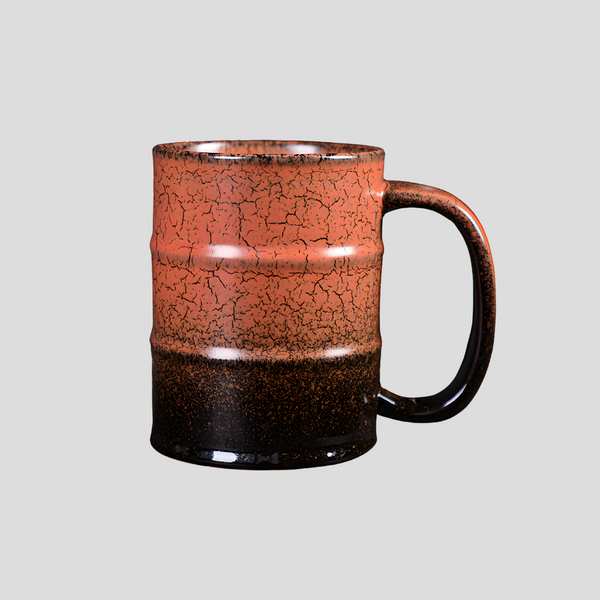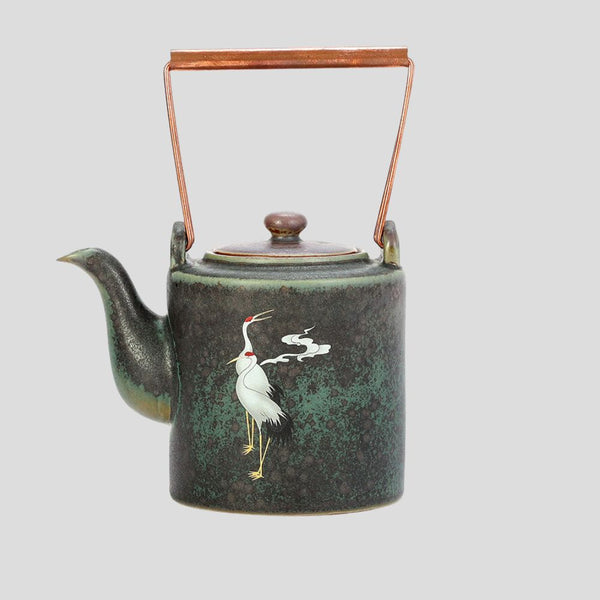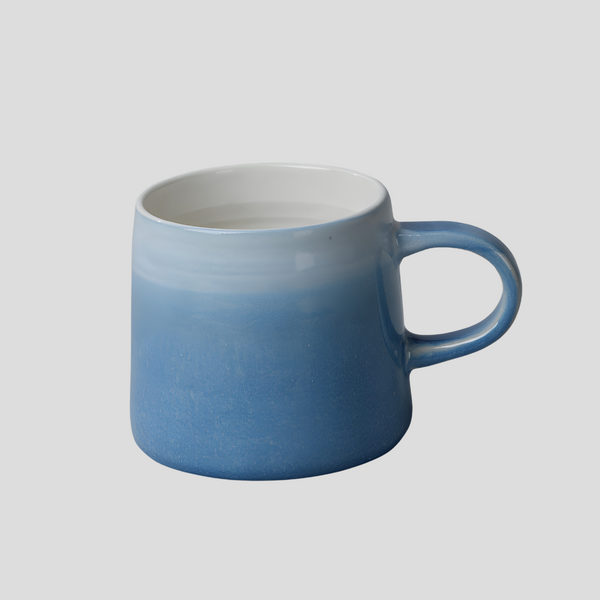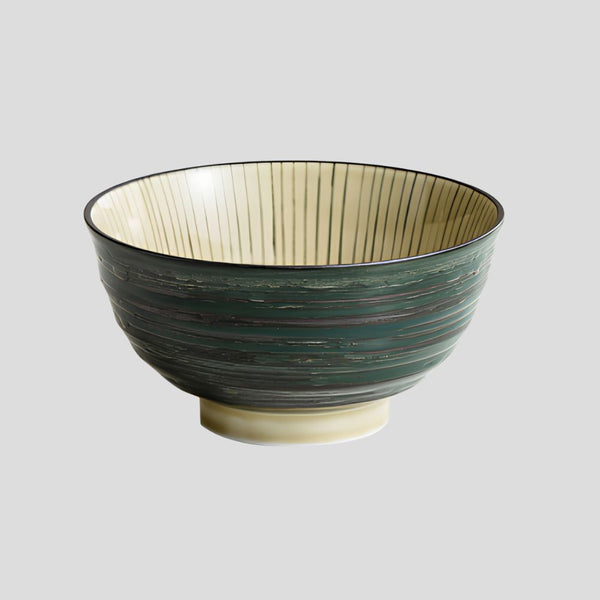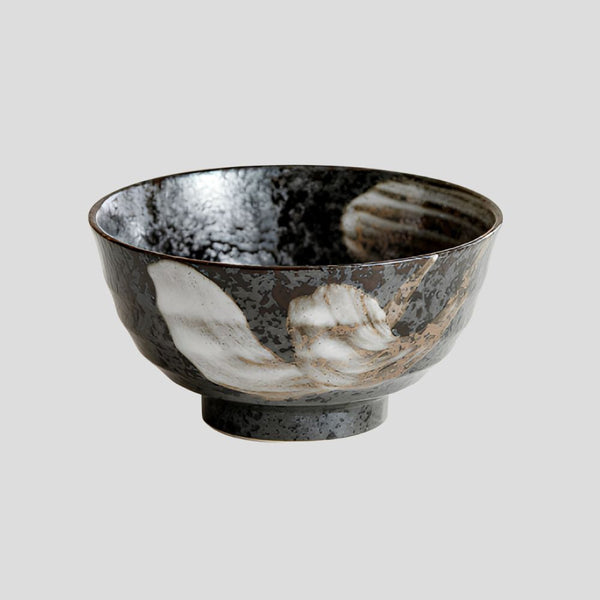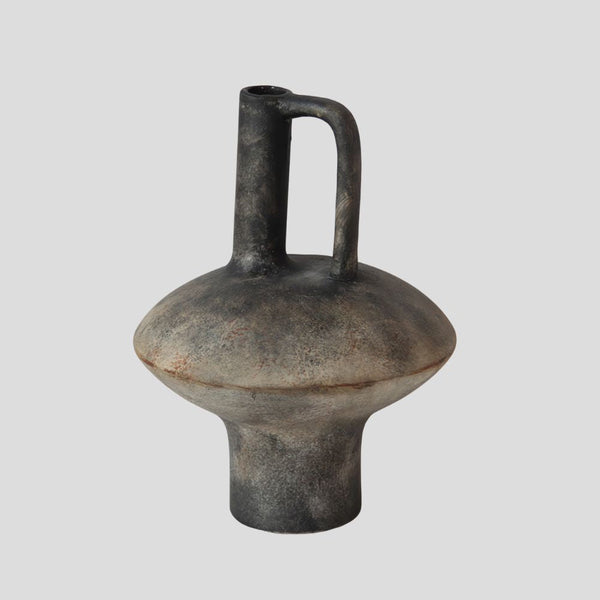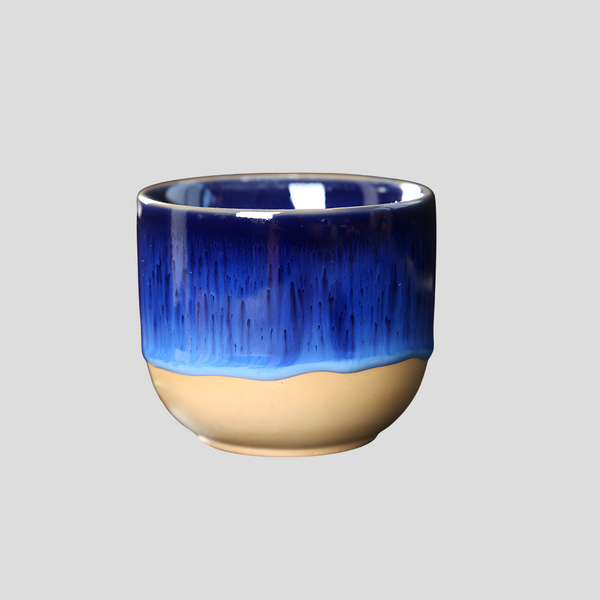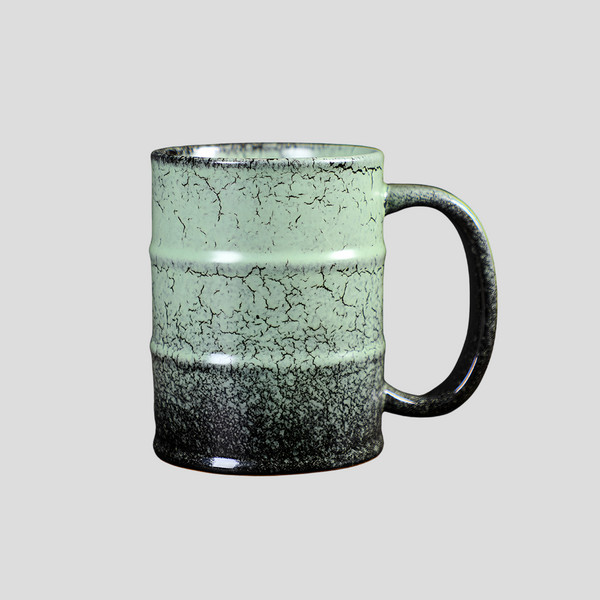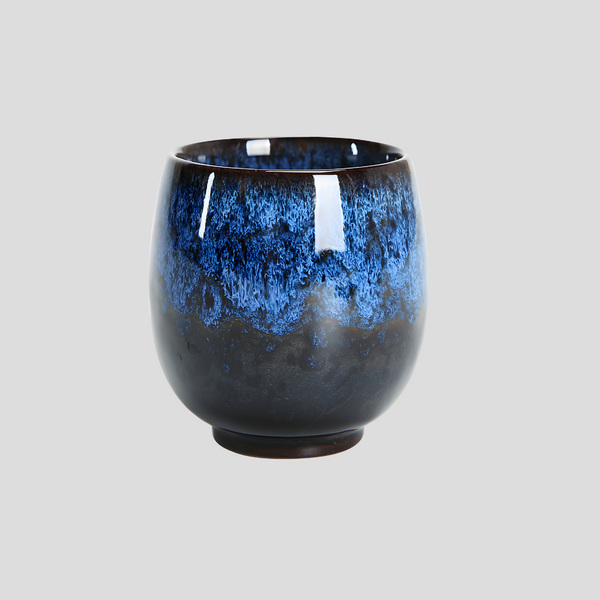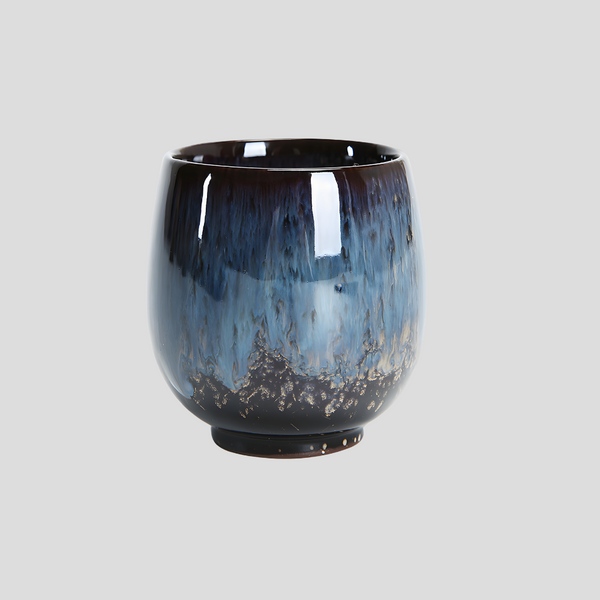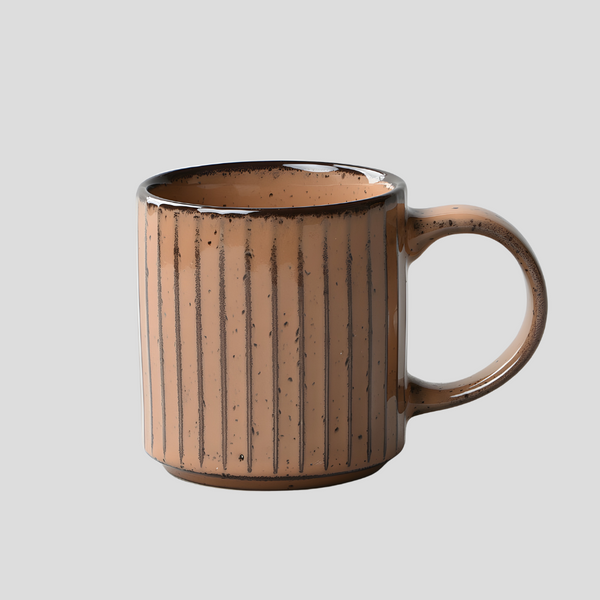
Exploring the Art of Kotobuki Pottery in Japan
Kotobuki pottery, originating from Japan, stands as a testament to the country's long-standing tradition and craftsmanship in the art of ceramics. Kotobuki, meaning longevity or congratulations in Japanese, encapsulates more than just the creation of pottery; it represents a cultural ethos valuing beauty, durability, and utilitarianism. This article delves into the rich history, characteristics, and contemporary relevance of Kotobuki pottery, offering a glimpse into this unique aspect of Japanese art. The origins of Kotobuki pottery can be traced back to several centuries ago, deeply rooted in the ancient pottery practices of Japan. While the term Kotobuki itself encompasses a broader meaning, in the context of pottery, it refers to pieces crafted with the intent of celebrating and honoring life's significant moments. Historically, these pieces were often given as gifts, symbolizing good fortune and well-wishes for the recipient. Over the years, the techniques and styles have evolved, yet the core essence of celebrating life has remained intact. Kotobuki pottery is renowned for its simple yet profound beauty, embodying the Japanese aesthetic principle of Wabi-sabi — the acceptance of imperfection. Characteristic features include natural glazes, subtle decorations, and shapes that emphasize functionality. The glazes often used in Kotobuki ware vary from earthy tones to vibrant hues, each piece undergoing a meticulous process of firing that imbues it with its unique finish. Additionally, the motifs and designs found on Kotobuki pottery often draw inspiration from nature, reflecting the changing seasons and the beauty found in the natural world. In the modern era, Kotobuki pottery continues to hold a special place in both the hearts of the Japanese people and art enthusiasts worldwide. These pieces are not only appreciated as functional items for daily use but also as collectibles and symbols of Japanese heritage. Moreover, with the growing global interest in sustainable and mindful living, the intrinsic values of Kotobuki pottery, emphasizing longevity and simplicity, resonate more than ever. Artisans today blend traditional techniques with new innovations, ensuring that Kotobuki pottery remains relevant and cherished. For those interested in exploring the art of Kotobuki pottery firsthand, Japan offers a variety of avenues. Numerous workshops and galleries across the country showcase the richness of this pottery form, with artisans often providing demonstrations and classes. Participating in these experiences allows individuals to gain a deeper understanding of the craft’s history, techniques, and the meticulous attention to detail required in each piece. Moreover, it offers the opportunity to connect with the cultural values embedded in Kotobuki pottery, appreciating its role in celebrating life's moments. Kotobuki pottery, with its rich history and profound cultural significance, continues to captivate those who encounter it. As both an art form and a reflection of Japanese values, it offers insights into the country's aesthetic sensibilities and traditions. Whether as a hobbyist, collector, or simply an admirer, exploring the world of Kotobuki pottery opens up a realm of beauty and contemplation, showcasing the timeless appeal of Japanese craftsmanship.Exploring the Art of Kotobuki Pottery in Japan
Historical Background
Characteristics of Kotobuki Pottery
Contemporary Relevance and Appreciation
Experiencing Kotobuki Pottery
Conclusion

